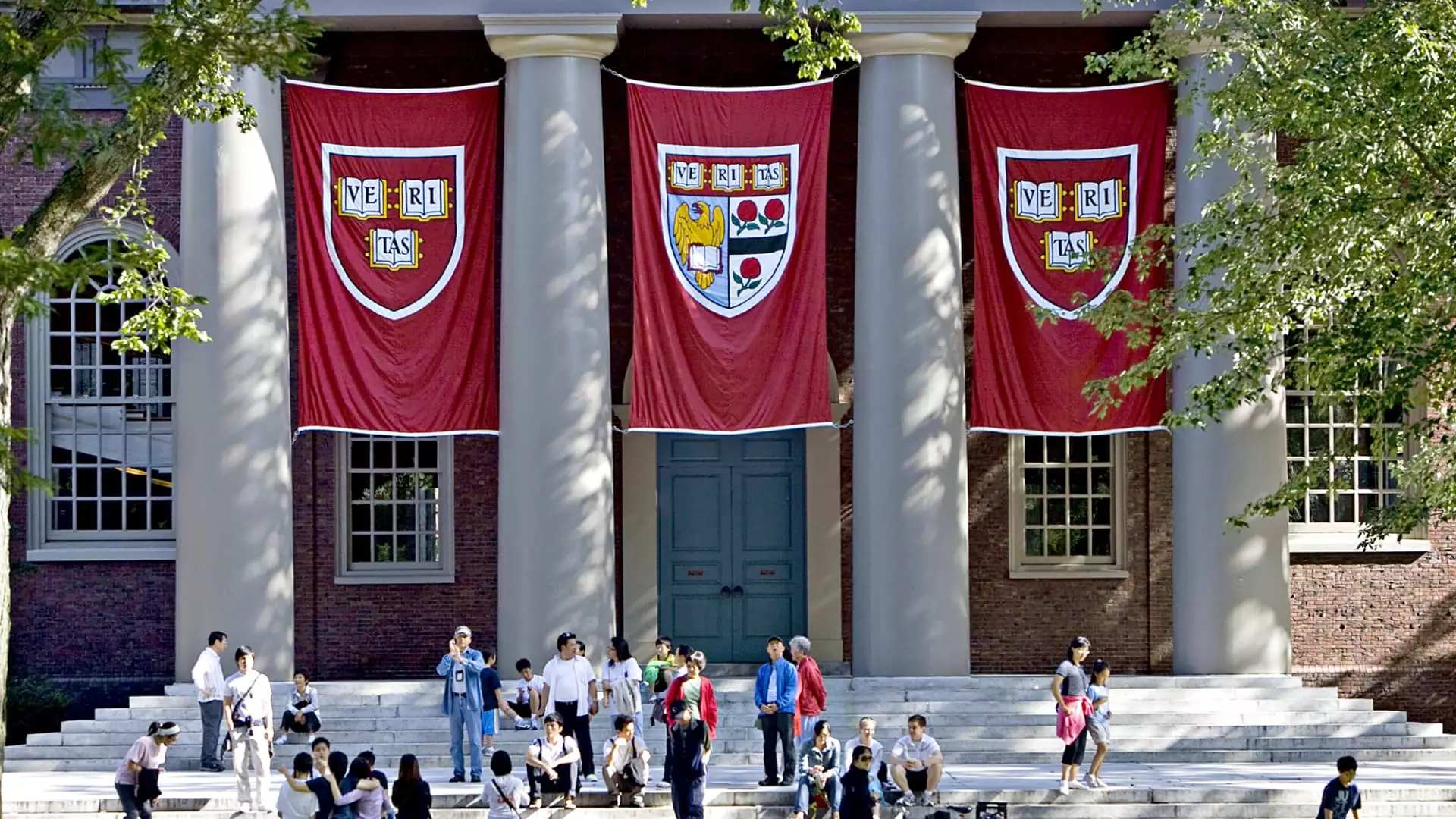In a bold move that could reshape the landscape of higher education, Harvard University has declared its decision to waive tuition fees for undergraduate students from families earning less than $200,000 starting in the 2025-26 academic year. This policy places Harvard among a select group of prestigious institutions addressing the growing concerns related to soaring college costs and student loan debt. However, this new initiative is not merely an act of charity; it is a strategic maneuver embedded in a wider trend of financial accessibility and competitiveness among elite colleges.
A Historic Shift in Tuition Practices
For decades, elite institutions in America have clung tightly to their reputation as the bastions of academic rigor and exclusivity. However, with student debt now averaging over $30,000 and financial anxieties bubbling to the surface among prospective enrollees, Harvard’s announcement can be seen as a pivotal moment—an acknowledgment that these institutions can no longer afford to ignore the crisis brewing in college affordability. This policy aligns Harvard with other Ivies, such as Princeton and the Massachusetts Institute of Technology, which have already pledged to make education financially accessible to low and middle-income families.
It’s important to note that previous financial aid models mostly targeted those in financial deprivation, but now the parameters have expanded. This shift marks a significant departure from merely addressing issues of inequality to actively enabling middle-class families to access elite education without sacrificing their financial stability.
The Socioeconomic Implications
The implications of this initiative extend far beyond the walls of Harvard. By affirmatively embracing socioeconomic diversity, Harvard sets an essential precedent that may ripple through the educational landscape. Those who earn below the newly raised threshold now stand a much more considerable chance of being accepted without the financial burden that comes with attending an elite institution. The risk of incurring crippling debt—once a formidable deterrent—now diminishes, paving the way for increased applications from a broader socioeconomic spectrum.
This development is particularly crucial as national sentiments about the equality of access in higher education grow increasingly tense. The divide between affluent families and those struggling to make ends meet has never been starker. By addressing this issue, institutions like Harvard not only improve their public image but also create a more diverse and vibrant academic community.
Incentivizing Competitiveness Among Institutions
With Harvard making this significant financial commitment, other universities are bound to follow suit. The phrase “affordability arms race” accurately encapsulates this evolving landscape; colleges now must differentiate themselves not only through academic excellence but also by providing accessible pathways for students. Schools like Vanderbilt University and Dartmouth have already taken steps to enhance their financial aid programs. Such competition could expand to even more institutions, ultimately prompting a longer-term positive shift in how American colleges approach financial aid.
However, the question remains: will these new policies be enough, or merely a band-aid on a much larger issue? The fear of insurmountable debt remains a haunting reality for many students. While families earning below $200,000 may now find respite, those closer to the $200,000 mark must still grapple with high costs, and institutions must grapple with the underlying question of whether this will remain a sustainable model in the years to come.
Challenges Ahead: Beyond Tuition-Free Initiatives
While the initiative to eliminate tuition for undergraduate students is commendable, it does little to alleviate associated costs like room and board, textbooks, and ancillary fees that can easily push total college expenses beyond what many families can afford. This gap remains a critical challenge that universities must address to provide truly comprehensive financial support.
Moreover, as Robert Franek of The Princeton Review noted, colleges that tap into their endowments to fund these shifts show their commitment to socio-economic diversity. Yet, skepticism remains about the sustainability of such measures amidst rising operational costs. Will Harvard and its peers be able to maintain this commitment for future generations?
In essence, while the push towards free undergraduate tuition is a victorious stride for academic institutions, it is critical to ensure that the long-standing foundational issues surrounding affordability are addressed comprehensively and not just superficially masked by bold proclamations.

Leave a Reply